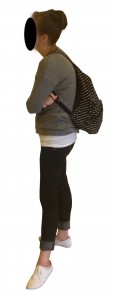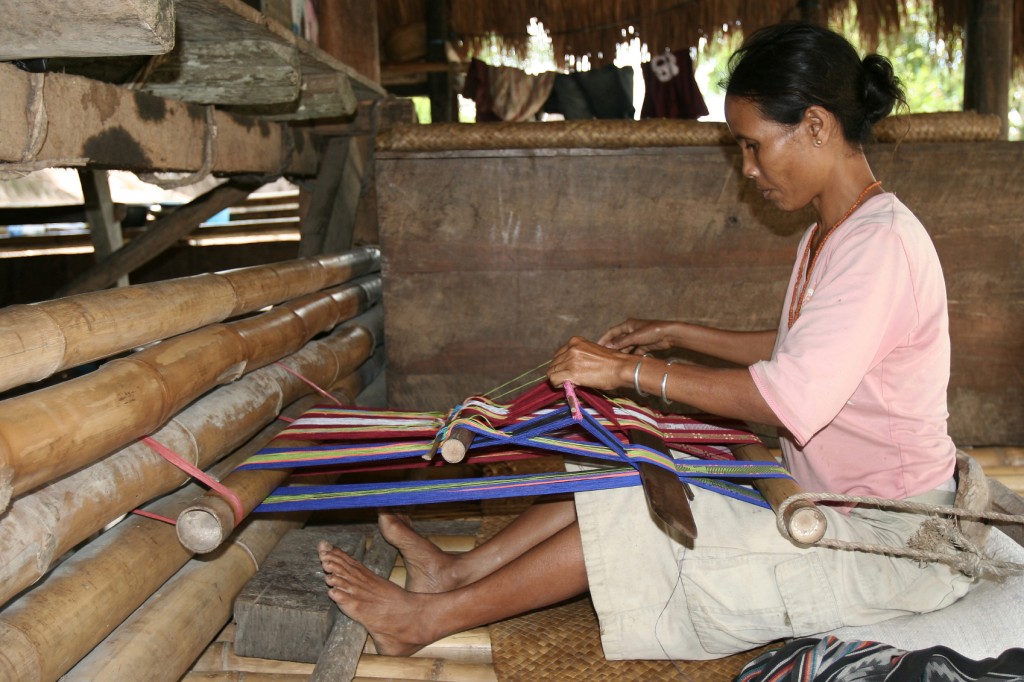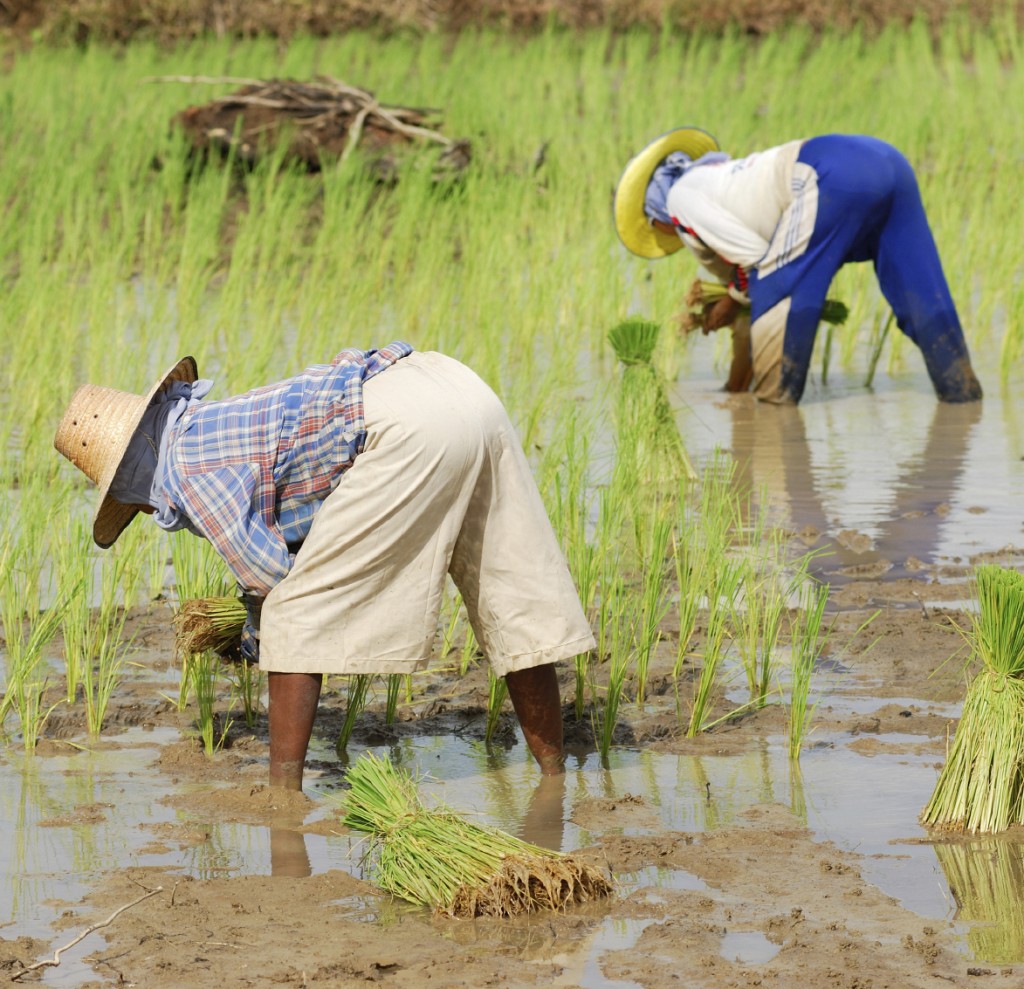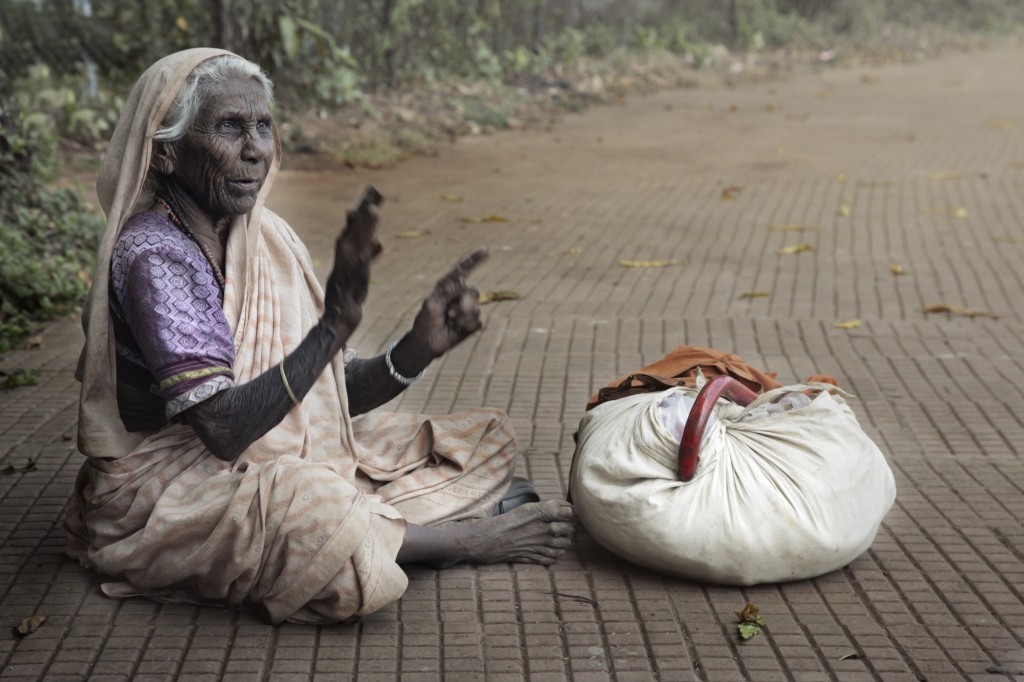Culture and Back Pain
 In countries like India, Bolivia, Portugal, Mexico, Brazil and Vietnam people report significantly less back pain than we do here in the United States. This seems counter-intuitive since physical labor in third world countries is more pervasive and it continues into old age. People routinely carry heavy loads on their backs and heads, spend the day bending, and have less time to relax. Why do they report less back pain than those of us who have the benefit of regular health care, ergonomic desk chairs and less physically taxing lives?
In countries like India, Bolivia, Portugal, Mexico, Brazil and Vietnam people report significantly less back pain than we do here in the United States. This seems counter-intuitive since physical labor in third world countries is more pervasive and it continues into old age. People routinely carry heavy loads on their backs and heads, spend the day bending, and have less time to relax. Why do they report less back pain than those of us who have the benefit of regular health care, ergonomic desk chairs and less physically taxing lives?
Studies show that there are considerably fewer back pain sufferers among populations of third world farmers compared with affluent populations in Northern European countries. Back pain rates in some countries are reported to be as low as 5%, which is an incredible contrast to the 80% that has been reported in the United States. And the people in low-income countries with back pain are much more likely to be people who work in “enclosed work spaces”. In other words, if they have pain, their lives probably look more like ours than their rural countrymen.
It stands to reason that something about the industrialized lifestyle is contributing to the problem. The most obvious explanation is that we have much more sedentary lives. Lack of activity is certainly a major piece of the puzzle, but it boggles the mind to think that sitting could be harder on the body than a lifetime of physical labor. But as we look at the way we are sitting, things start to make sense.
 As a culture we are spending more and more time in front of the television, in the car, and on the computer. We are constantly hunched over our many devices. We spend most of our time sitting, which should be a restful position, but we are fatigued and frequently complain of aches and pains.
As a culture we are spending more and more time in front of the television, in the car, and on the computer. We are constantly hunched over our many devices. We spend most of our time sitting, which should be a restful position, but we are fatigued and frequently complain of aches and pains.
We have a uniquely contorted, industrialized posture type. Sadly, as our values and lifestyle are exported globally, so is our collapsed posture. There are still many pockets of the world that have been untouched by industrialization where people hold their bodies in a completely different way. It isn’t just that they are more active, but that they fundamentally approach sitting, standing and walking in a way that is rarely seen in industrialized places.
Collapsed posture is the new normal and we barely even notice that we are out of whack. We are collectively out of shape and uncoordinated. We don’t put active thought behind our body positioning as we slouch for comfort in hopes that it will preserve precious energy. Our cultural bias has caused distorted posture to look and feel completely normal to us.
When you look at the photos below the contrast is obvious. It is surprising to see how tired an unhealthy the Americans above look in comparison. Even though all of the people below likely experience an exhausting lifestyle, their spines are long and their bodies look much stronger than those of the Americans.
The woman above lives in Indonesia. She has her pelvis firmly planted on the ground in a position that allows her back to lengthen. Even though she is looking down her neck is elongated. Her weight is on her sitz bones, laying the foundation for a long, strong back.
These Thai farmers spend all day in the rice fields. Even though they are bending, the length of the spine is preserved. Notice their shoulders are not rolling forward even though they are reaching.
This woman lives on the streets of India. A lifetime of elongating her back has kept her from becoming hunched with old age. Even though she is homeless and has likely had a life of hardship, her posture is healthier than most young people in the Western world who have grown up with every advantage.
Sources:
A Systematic Review of the Global Prevalence of Low Back Pain.
ARTHRITIS & RHEUMATISM, Vol. 64, No. 6, June 2012
Acute, Subacute and Chronic Low Back Pain: Clinical Symptoms, Absenteeism and Working Environment.
Vallfors B., Scan J Rehab Med Suppl 1985; 11: 1-98.
Priority Medicines for Europe and the World Update Report, 2013.
World Health Organization.
Put Your Back at Ease.
Thea Sawyer. Live In Balance, 2013.
Severity of acute low back pain predicts development of chronic pain.
ScienceDaily. American Pain Society (2013, August 15).
The epidemiology of low back pain in the rest of the world: A review of surveys in low- and middle-income countries.
Volinn, E., Spine. 1997;22(15):1747-54
The Great Back Pain Debate.
Kailb, Claudia. Newsweek. May 2004





